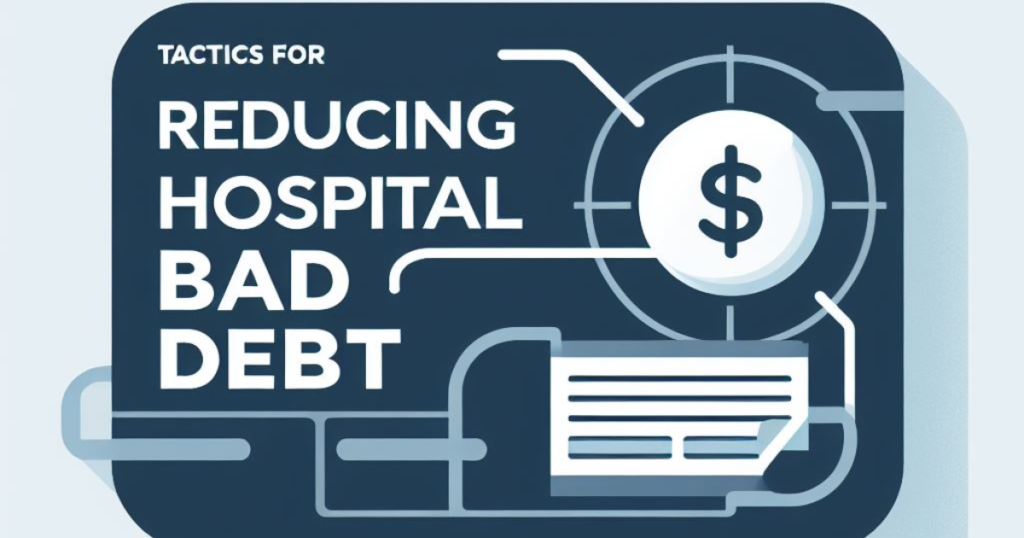
Understanding the Key Differences between Primary and Secondary Insurance In the world of insurance, it is crucial to grasp the distinctions between primary and secondary coverage. While primary insurance serves as the initial line of defense, secondary insurance acts as a backup plan. This article aims to shed light on the fundamental disparities between these two types of insurance, enabling individuals to make informed decisions when it comes to protecting their assets and well-being.
Primary and Secondary Insurance Coverage
Understanding the Key Differences
Primary and secondary insurance coverage refers to the order in which insurance policies pay for medical expenses. The primary insurance is the first policy responsible for covering the costs, while the secondary insurance comes into play after the primary coverage has been exhausted. The key difference lies in the order of payment and the extent of coverage provided. Primary insurance is typically the main source of coverage, while secondary insurance acts as a supplemental policy to fill in any gaps or additional expenses not covered by the primary insurance.
Primary and Secondary Insurance Rules
How They Differ
Primary and secondary insurance policies have different rules and guidelines that dictate how they operate. Primary insurance policies have the primary responsibility for paying claims, and they often have specific coverage limits, deductibles, and copayments. Secondary insurance policies, on the other hand, have rules that are dependent on the primary insurance. They may cover expenses that are not covered by the primary insurance or may cover the remaining costs after the primary insurance has paid its portion. Secondary insurance policies may also have their own deductibles and copayments.
Primary vs. Secondary Insurance Policies
Key Distinctions
The primary insurance policy is typically the main source of coverage for an individual or family. It is the first policy that is billed for medical expenses, and it is responsible for paying a majority of the costs. Primary insurance policies are often obtained through an individual’s employer or purchased directly. Secondary insurance policies, on the other hand, are additional policies that provide supplemental coverage. They are not the main source of coverage and only come into play after the primary insurance has paid its portion. Secondary insurance policies are often obtained through a spouse’s employer or purchased separately.
The Purpose of Primary Insurance Coverage
The primary insurance coverage serves as the primary source of financial protection for individuals and families in case of medical expenses. It is designed to cover a wide range of healthcare services, including doctor visits, hospital stays, prescription medications, and preventive care. The primary insurance policy helps individuals and families afford necessary medical treatments and reduces the financial burden of healthcare costs. It provides peace of mind knowing that there is a safety net in place to cover medical expenses.
When Does Secondary Insurance Come into Play?
Secondary insurance comes into play when the primary insurance coverage is not sufficient to cover all the medical expenses. This can happen when the primary insurance has reached its coverage limits, has exclusions for certain treatments, or when there are additional expenses not covered by the primary policy. In such cases, the secondary insurance policy can step in to cover the remaining costs or fill in the gaps left by the primary insurance. Secondary insurance is especially useful for individuals who have high medical expenses or require specialized treatments not fully covered by the primary insurance.
Coordinating Benefits
How Primary and Secondary Insurance Policies Work Together
Primary and secondary insurance policies work together through a process called coordinating benefits. When a claim is filed, the primary insurance is billed first and pays its portion according to the policy’s coverage limits and rules. Once the primary insurance has paid, the remaining balance or uncovered expenses can be submitted to the secondary insurance for consideration. The secondary insurance will then review the claim and pay its portion, if applicable. Coordinating benefits ensures that the individual or family receives the maximum coverage available from both the primary and secondary insurance policies.
Primary Insurance Claim Filing Rules
When filing a claim with primary insurance, there are certain rules and requirements that must be followed. These can include submitting the claim within a specific timeframe, providing accurate and detailed information about the medical services received, and attaching any necessary documentation or receipts. It is important to understand the claim filing rules of the primary insurance policy to ensure a smooth and timely reimbursement process.
Requirements for Primary Insurance Eligibility
To be eligible for primary insurance coverage, individuals typically need to meet certain criteria. This can include being employed by a company that offers health insurance benefits, being enrolled in a specific healthcare plan, or meeting certain residency or citizenship requirements. The specific eligibility requirements can vary depending on the insurance provider and the policy terms. It is important to review the eligibility criteria of the primary insurance policy to ensure coverage.
Determining Primary and Secondary Insurance Coverage
The Process
The process of determining primary and secondary insurance coverage involves analyzing the specific terms and conditions of each policy. This includes reviewing the coverage limits, deductibles, copayments, and any exclusions or limitations. The primary insurance is determined based on the policy that has the primary responsibility for paying claims, while the secondary insurance is identified as the supplemental policy that fills in any gaps or additional expenses not covered by the primary insurance. It is important to understand the terms of both insurance policies to maximize coverage and minimize out-of-pocket expenses.
Factors in Deciding Whether to File a Claim with Primary or Secondary Insurance
When deciding whether to file a claim with primary or secondary insurance, several factors need to be considered. These include the coverage limits of each policy, the specific expenses being claimed, and any exclusions or limitations. It is important to evaluate which insurance policy will provide the most coverage and minimize out-of-pocket expenses. In some cases, it may be beneficial to file a claim with both the primary and secondary insurance to maximize reimbursement.
Limitations of Primary Insurance Coverage and Secondary Insurance Coverage
Both primary and secondary insurance coverage have limitations that individuals need to be aware of. Primary insurance coverage may have specific coverage limits, exclusions for certain treatments or services, and high deductibles or copayments. Secondary insurance coverage may also have its own limitations, such as exclusions for pre-existing conditions or specific treatments. It is important to review the limitations of both insurance policies to understand the extent of coverage and potential out-of-pocket expenses.
Handling Deductibles and Copayments with Primary and Secondary Insurance
Deductibles and copayments are common features of both primary and secondary insurance policies. Deductibles are the amount individuals need to pay out-of-pocket before the insurance coverage kicks in. Copayments are fixed amounts that individuals need to pay for each medical service or prescription medication. When coordinating benefits between primary and secondary insurance, deductibles and copayments may need to be paid to both insurance policies. It is important to understand the deductible and copayment requirements of both insurance policies to budget for potential out-of-pocket expenses.
What Happens If Primary Insurance Denies a Claim? Can Secondary Insurance Cover It?
If a claim is denied by the primary insurance, it is possible to submit the claim to the secondary insurance for consideration. However, the secondary insurance will only cover expenses that are within its coverage limits and not already covered by the primary insurance. If the secondary insurance also denies the claim, the individual may be responsible for paying the expenses out-of-pocket. It is important to review the claim denial policies of both insurance policies and understand the potential financial implications.
Criteria for Determining Primary and Secondary Insurance
The criteria for determining primary and secondary insurance coverage can vary depending on the specific insurance policies and providers. Generally, the primary insurance is determined based on the policy that has the primary responsibility for paying claims. This can be the insurance policy obtained through an individual’s employer or purchased directly. The secondary insurance is identified as the supplemental policy that fills in any gaps or additional expenses not covered by the primary insurance. It is important to review the terms and conditions of both insurance policies to determine the primary and secondary coverage.
Understanding Primary and Secondary Insurance
Real-Life Scenarios
To better understand primary and secondary insurance coverage, it is helpful to consider real-life scenarios. For example, if an individual has health insurance through their employer, that would typically be their primary insurance. If their spouse also has health insurance through their employer, that would be the secondary insurance. In case of a medical expense, the primary insurance would be billed first and pay its portion according to the policy terms. Any remaining balance or uncovered expenses can then be submitted to the secondary insurance for consideration. This coordination of benefits ensures that the individual or family receives the maximum coverage available from both insurance policies.
In conclusion, understanding the key differences between primary and secondary insurance is crucial for navigating the world of healthcare coverage. In the US healthcare industry, primary insurance acts as the main source of coverage, typically provided through employers or private plans. Secondary insurance, in this context, acts as a supplemental policy, filling gaps or covering additional expenses not accounted for by the primary insurance. Coordinating benefits between the two policies can help maximize coverage and minimize out-of-pocket expenses, all while adhering to the specific rules and regulations of the US healthcare landscape. It’s important to review the terms and conditions of both insurance policies to make informed decisions about filing claims.





